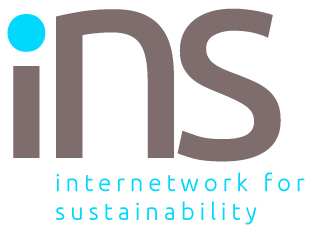
Efforts for grid expansion, modernizing electricity transmission grids worldwide are facing increasing challenges as supply chain constraints worsen, according to a new report from the International Energy Agency (IEA). Procurement lead times and costs for essential components—such as power transformers and cables—have nearly doubled since 2021, creating significant hurdles for grid development.
The report, Building the Future Transmission Grid: Strategies to Navigate Supply Chain Challenges, underscores the importance of expanding transmission infrastructure to ensure energy security and reliable electricity delivery. However, the sector is grappling with severe supply chain disruptions just as global power consumption is set to rise sharply. This surge in demand is driven by the electrification of industries, increased adoption of air conditioning, electric vehicles, and heat pumps, as well as the rapid expansion of data centers supporting artificial intelligence.
Supply chain bottlenecks
While permitting remains the primary cause of delays in transmission projects—especially in advanced economies—supply chain bottlenecks have become a critical limitation. An IEA survey of industry leaders revealed that procurement times have doubled since 2021, with cables now taking two to three years to secure and large power transformers requiring up to four years. Some specialized components, such as direct current cables used for long-distance transmission, face even longer delays, with lead times exceeding five years. Costs have risen sharply as well; since 2019, cable prices have nearly doubled in real terms, while power transformer costs have increased by approximately 75%.
Simultaneous grid expansion projects across multiple regions are further straining supply chains. The growing deployment of offshore wind power has also intensified demand for high-voltage subsea cables, exacerbating the shortage of critical components.
Future uncertainties
Manufacturers are responding with plans to boost production capacity, but these expansions will take time to materialize. Additionally, uncertainties around future demand and workforce availability pose ongoing challenges. The report estimates that around 8 million people are currently employed in grid construction, maintenance, and operations, but at least 1.5 million more workers will be needed by 2030 to meet projected demand.
These constraints come at a pivotal moment, with over 1,600 gigawatts of solar and wind projects in advanced development awaiting grid connections. Despite a 10% increase in global power transmission investment in 2023—reaching $140 billion—annual investments must exceed $200 billion by the mid-2030s to accommodate growing electricity needs.
To address supply chain challenges, the IEA recommends enhancing visibility into future infrastructure needs through transparent and credible planning, encouraging proactive grid investments, and designing efficient procurement frameworks. Other key recommendations include streamlining permitting processes, leveraging digital technologies to optimize existing grid infrastructure, and strengthening supply chain resilience through diversification and policy support.
The report emphasizes that overcoming these bottlenecks will require coordinated efforts across the entire supply chain. Ensuring a stable and scalable power grid is essential to meeting the world’s increasing electricity demands and securing a reliable energy future.











